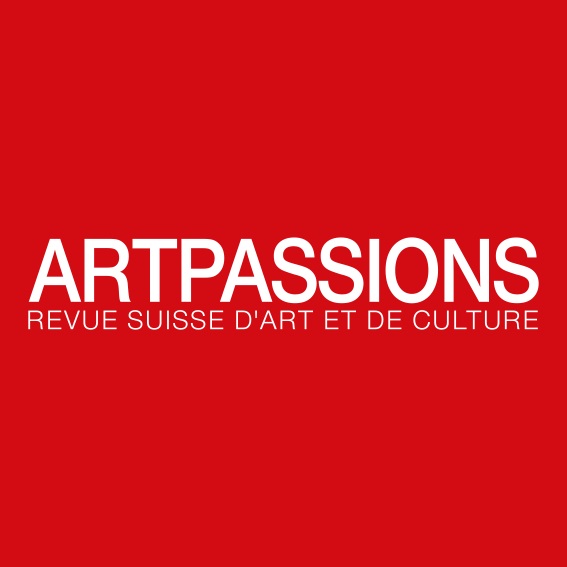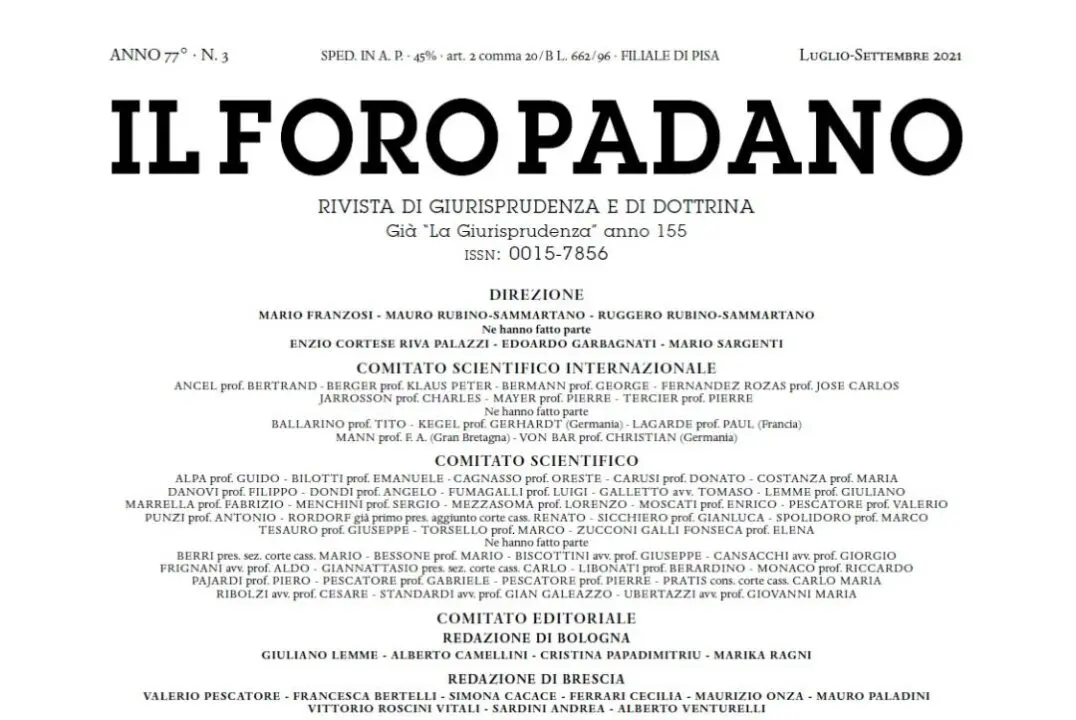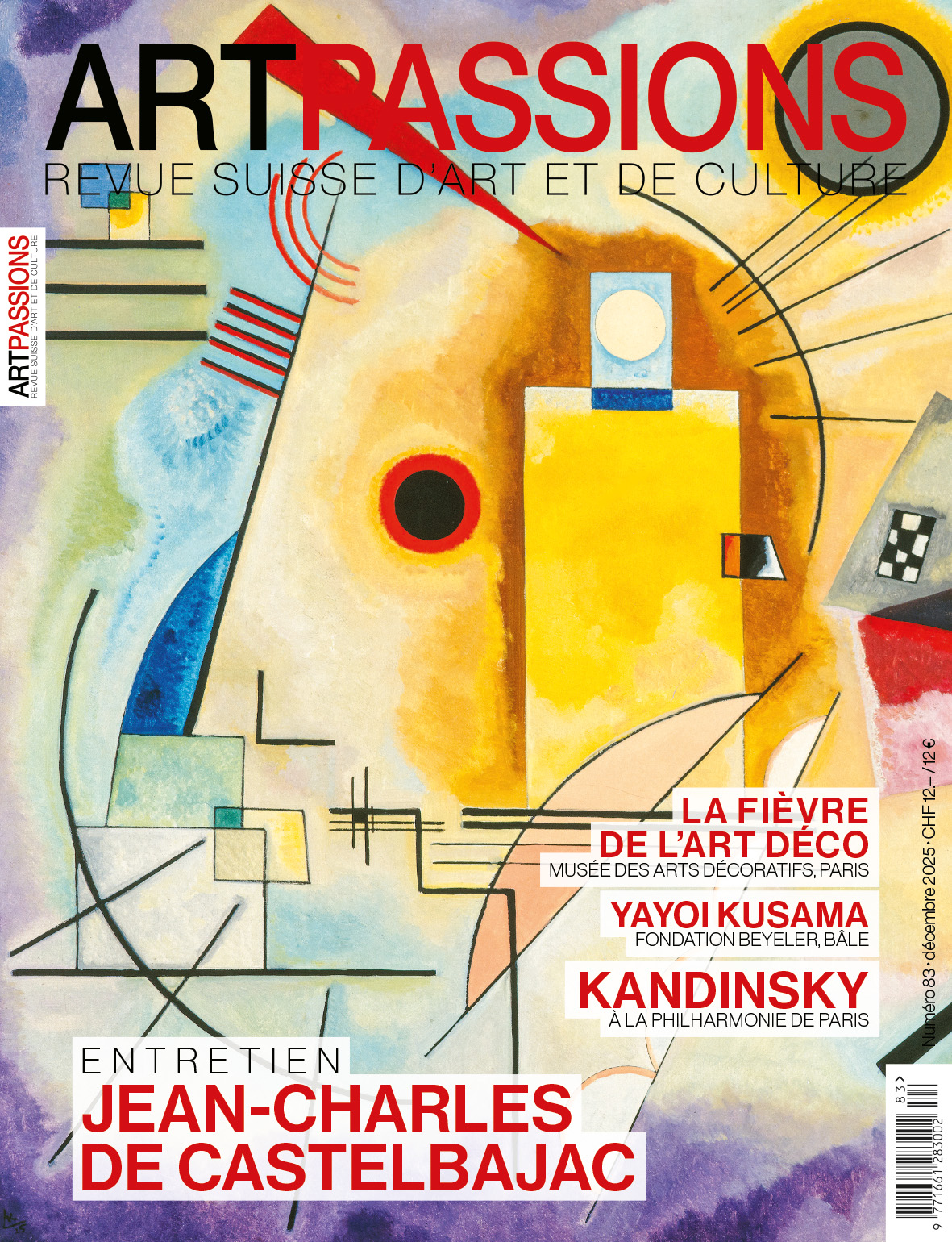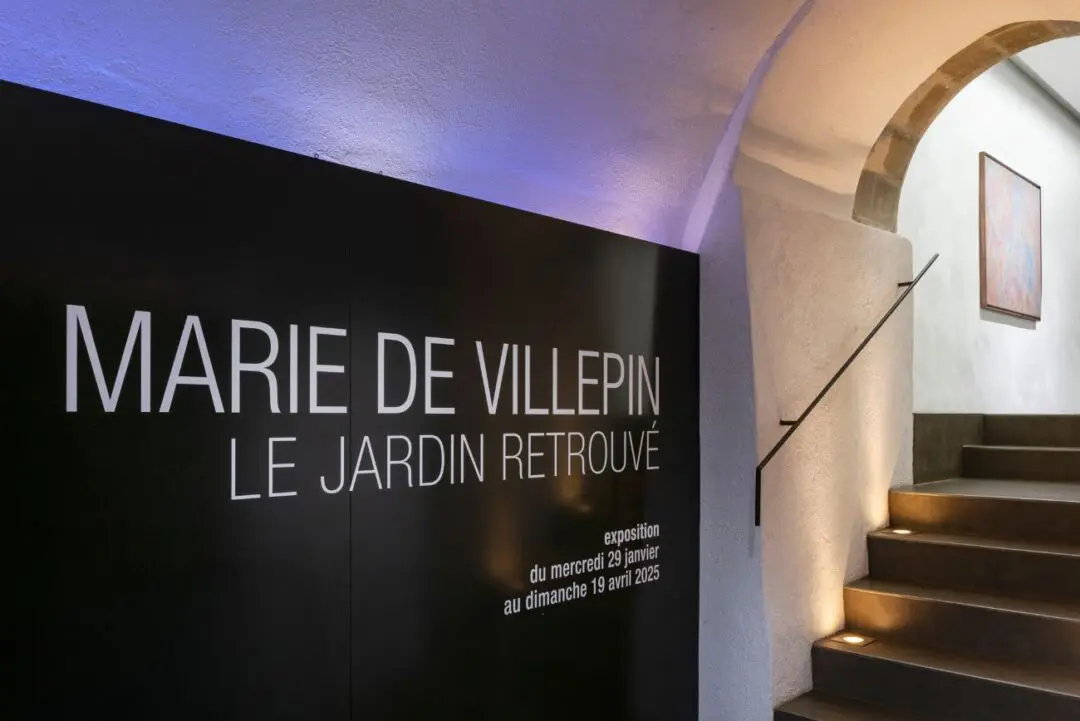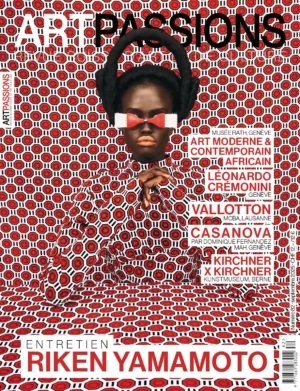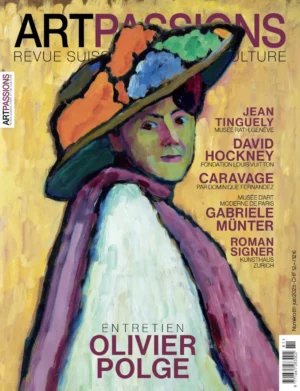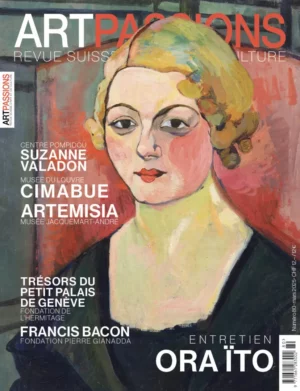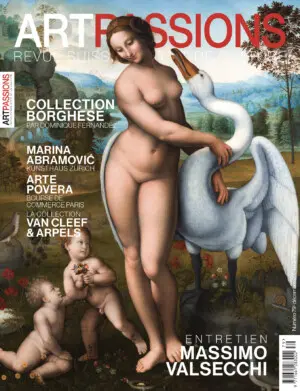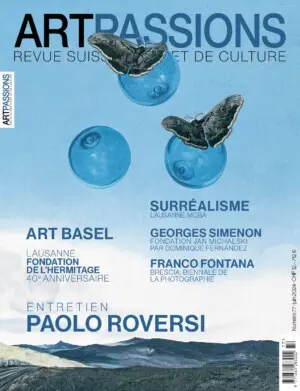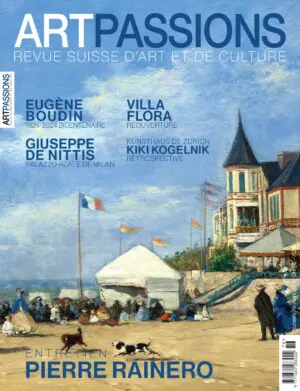by Matteo Piccinali[2]
- Enhancement of cultural heritage: social media influencers for the evolution of art marketing
Communication and marketing are playing an increasingly strategic role in the sector of art and culture[3].
Messaging platforms and social media channels are the new ways of communication between institutions and the public, as art and cultural events take place on social media channels and museums keep creating virtual tours and engaging on social media.
Art. 6.3 of the Heritage and Landscape Code (“HLC”) on the promotion of cultural property states that “the Republic favors and supports the participation of private individuals, singularly or associated, in the enhancement of cultural heritage.” On the basis of this general principle and the important shift by the operators of the art and culture sector towards new means of communication, Italy has been recently experiencing the engagement of social media influencer to support and promote cultural heritage.
One of the initiatives that perhaps most recently aroused the interest of our public opinion took place at the Uffizi Galleries in Florence: in July 2020, while shooting for a Vogue Hong Kong campaign, the popular influencer Chiara Ferragni (over 23 million followers on Instagram) was portrayed in front of many famous works at the museum. The attractiveness exerted on the public by this initiative was very significant, with an important response in terms of appreciation on social media channels and, more importantly, a 27% increase in youth attendance in the following days[4].
Uffizi’s director, Eike Schmidt, commented – also in response to those criticisms that did not appreciate the influencer’s association with the Uffizi’s unique cultural heritage – that Uffizi has « a democratic vision of the museum: our collections belong to everyone, not only to a self-proclaimed cultural elite, but above all to the younger generation. […] This is why it is important to use their language, to intercept their irony and their creative potential”[5]. So the secret is using the “language of young generations” such as social media and messages of opinion leaders.
From a legal point of view, it is of interest to investigate whether and to what extent the promotion of cultural heritage may also contemplate the reproduction of cultural assets on social media channels. In particular, on the one hand, the reproduction of the work by the influencers on their social channels should take place within the framework of a formal agreement with the museum institution, whereas the purposes and methods of such reproduction are duly identified and authorized; on the other hand, the reproduction of cultural assets in the context of a social network may lead – by means of appreciations and sharing – to a viral dissemination of those contents by followers.
More in general, consumers and art enthusiasts increasingly wish to capture with their smartphone and tablets – for personal memory and for sharing purposes on their social networks – the contents of what they see, experience and visit, thus generating an uncontrollable dissemination of artworks reproductions. Some of those art enthusiasts even become “art sharer”, that is, art experts who use their social network channels for disseminating contents, photos and posts relating to art and artworks, particularly aimed at younger people[6].
But where the reproduction of museum art works on social networks is not authorized on the basis of ad hoc contracts with the institutions, on what legal basis is the reproduction of the works based?
Art. 70, section 1-bis, Law for the Protection of Copyright or LPC, states that the free publication through the internet of images is allowed provided that said publication is (i) free of charge, (ii) of low resolution or degraded, (iii) for educational or scientific use, (iv) the reproduction contains the reference to the title of the work and the name of the author, and (v) such use is not for profit. This provision is intended to be extensively applicable also to figurative art[7].
Further to the principles on copyright, in the Italian legal system the works qualified as cultural properties can be reproduced within the limits of what is established by arts. 107 and 108 HLC.
In particular, the reproduction is allowed (if authorizised by the Ministry, the Regions and other territorial public bodies) provided that such reproduction is compliant with the copyright legislation (art. 107 HLC). Moreover, the concession fees connected to the reproductions of cultural goods are not payable for reproductions requested by private individuals for personal use or for study purposes, or by public or private subjects for enhancement purposes, as long as they are implemented on a non-profit basis (art. 108 HLC)[8]. At any rate, the following activities – if carried out on a non-profit basis, for purposes of study, research, free expression of thought or creative expression, promotion of knowledge of cultural heritage – are always allowed (art. 108, section 3-bis, HLC):
1) the reproduction of cultural properties provided that said reproduction is implemented (i) in compliance with the copyright legislation and (ii) in ways that do not involve any physical contact with the asset, (iii) nor the exposure of the same to light sources, (iv) nor, within the cultural institutes, with the use of stands or tripods;
2) the disclosure by any means of the images of cultural assets, legitimately acquired, so that they cannot be further reproduced for profit.
The provisions under art. 108, sections 3 and 3-bis, which apparently represents sort of a « liberalization of photographic shooting in museums » would seem to constitute, in relation to works in museums, a new limited form of free use, relating precisely to photographic reproduction, which, while maintaining the limit of prohibition of the purpose of profit, also includes activities carried out for the purpose of « promoting knowledge of cultural heritage » even in blogs and on social networks[9].
The reform of art. 108 HLC could have been more courageous in the direction of full freedom of reproduction, considering that « although a general principle of free reproduction of cultural goods in the public domain is established, in fact reproduction is far from free since it is in any case subject to prior authorization, as well as to the payment of a fee”[10].
Notwithstanding the innovative forms of marketing recently adopted, the Uffizi themselves have specified that it is free of charge the use of the images of those works kept in the museums by those who, on their social media channel or blog, make a personal, scientific and no-profit use. On the other hand, the commercial purpose – and therefore the obligation to pay a fee to the museum – can be configured in the case of images used e.g. by tourist guides in online courses provided on a profession basis, or by operators promoting, on social networks, the sale of objects that depict such images[11].
- Works of visual art in the public domain
The Directive (EU) 2019/790 on copyright (“Directive”) introduces several updates to the exceptions and limitations to copyright provided for by Directives 2001/29/EC and 96/9/EC.
Recital 53 Directive points out that “[…] In the field of visual arts, the circulation of faithful reproductions of works in the public domain contributes to the access to and promotion of culture, and the access to cultural heritage. […] differences between the national copyright laws governing the protection of such reproductions give rise to legal uncertainty and affect the cross-border dissemination of works of visual arts in the public domain. Certain reproductions of works of visual arts in the public domain should, therefore, not be protected by copyright or related rights.[…]”.
In light of this, art. 14 Directive provides that, upon expiry of the term of protection of a work of visual arts, the material deriving from an act of reproduction of that work is not subject to copyright or related rights, unless such reproduction constitutes by itself an intellectual creation.
This provision introduces the possibility of disseminating, sharing (including online) and reusing (including for commercial purposes) non-original copies of works of art that have become public domain.
The European Commission has pointed out that “When a work of art is not protected by copyright anymore, for instance an old painting, it falls into the public domain. In that situation, everybody should be free to make, use and share copies of that work. […] Thanks to this provision, all users will be able to disseminate online with full legal certainty copies of works of art in the public domain. For instance, anybody will be able to copy, use and share online photos of paintings, sculptures and works of art in the public domain when they find them in the internet and reuse them, including for commercial purposes or to upload them in Wikipedia.”[12]
In recent years, several cultural institutions worldwide have anticipated these principles and have chosen to make available online high-resolution images of their heritage in public domain, in order to encourage free reuse and promotion of their respective institutions[13]. A research was able to demonstrate that the revenues from the sale of images on Internet are lower than the management costs, compared to the benefits for cultural institutions in terms of visibility[14]. In particular, the elimination of fees and authorizations can constitute a powerful incentive for the economic initiative of cultural enterprises and for the tourism enterprise, and the reuse implemented through the Internet – while reaffirming that cultural heritage is a universal good and achieving the cultural democracy – allows a potentially infinite number of users to take advantage of the same asset at the same time without damaging it but rather increasing the perceived value of the heritage through reuse[15].
It is easy to understand how important this innovative approach would be for revitalizing the sectors of tourism, art and culture and, hence, the image of Italy, a Country that is gifted with a unique historical, artistic, archaeological and landscape heritage, a legacy of the richness of cultures and traditions that have always found in Italy the conditions to develop and grow like nowhere else around the world.
During the hearings held before the XIV Standing Committee for European Union Policies between April and June 2020, on the transposition of the Directive in Italy, several cultural heritage institutions and civil society associations requested a broad and harmonized implementation of all the mandatory exceptions provided by the Directive, as well as an effective implementation of the principle on the protection of the public domain as stated in art. 14.
In its May 5, 2020, Resolution, the Parliamentary Commission on Culture has invited the Italian Government to « evaluate the opportunity to adopt initiatives aimed at encouraging […] the free reproduction and dissemination of images of public cultural assets […] through the use, among the list of Creative Commons licenses, of those typical of Open Access”, as well as aimed at recognizing the possibility for the directors of cultural institutions to license images online through free reuse Creative Commons licenses[16].
- Art. 14 Directive: lost opportunity for Italy?
Art. 14 Directive primarily aims at preventing European cultural institutions from interposing exclusive rights to the free re-use of reproductions.
The Italian Law provides a series of provisions on the restriction of images reproducing cultural heritage in the public domain (e.g. arts. 87-88 LPC[17]; art. 108 HLC) that are more restrictive than what is required by the relevant EU legislation.
It follows that the implementation of art. 14 Directive requires a reform of the Italian legislation in order to avoid that, outside of the non-profit uses, the reuse of the works remains subject to the “concession for consideration” regime, which limits the initiatives of digital dissemination.
For these reasons, first of all it is necessary to amend art. 87 LPC, in order to exclude reproductions of works of cultural heritage from the protection provided for by the rules of copyright, and to adapt the definition of the same to the concepts set out in art. 14 Directive. In this perspective, the « works of visual arts » should not only coincide with the « works of figurative art » already mentioned in art. 87 LPC but, more generally, with all objects, in analogue or digital format already defined as “cultural assets” on the basis of arts. 10 and 13 HLC, in order to include the wide range of works already described in the scope of the norm.
Secondly, it is necessary to reform art. 108 HLC, which governs the use of reproductions of public cultural assets, in order to allow the free reuse of the same without restrictions regarding the purposes. In addition, said provision should be amended in order to specify that the free reproduction of cultural assets concerns both the assets belonging to the Ministry of Culture, the Regions and other territorial public bodies, as well as the assets belonging to any other public, private and recognized ecclesiastical bodies, as well as those privately owned and declared to be of cultural interest.
Italy is preparing to implement the Directive and, to this end, on May 8, 2021, the European Delegation Law, or EDL 2019-2020 (Law n.53/2021[18]), came into force. In particular, art. 9 EDL defines those principles and criteria for the implementation of the Directive by the Italian government.
Interestingly, art. 9 EDL provides the principles for the transposition of arts. 3, 5, 8, 10, 15, 16, 17, 20 and 22 of the Directive only. As a result, the EDL does not include the transposition of art. 14 Directive, with the consequence that those norms providing for restriction of images reproducing cultural heritage in the public domain (arts. 87-88 LPC, art. 108 HLC) are not expected to be reformed in a way that is consistent with art. 14 Directive. Needless to say, a simple copy and paste transposition of art. 14 may not be able to achieve the scope of the Directive in this respect[19].
Creation of innovation for art and culture, digital transformation and implementation of a concrete democracy of knowledge through free use and Internet dissemination are all principles largely advocated by operators in the sector. The implementation of art. 14 Directive can represent a possible solution in order to achieve said targets at the European level and this would take place consistently with the principles of the Italian Constitution embedded, in particular, in art. 9 (« The Republic promotes the development of culture and scientific and technical research« ) and art. 33 (« Art and science are free and their teaching is free« ).
We therefore await the next steps of the Italian legislator in this regard, in order to understand if – through the most consistent alignment with the Directive – Italy will be able to seize the opportunity to exploit the new forms of communication and sharing of its artistic and cultural heritage, with a strong attention toward the younger generations and, with it, a more accentuated promotion of its touristic system.
[1] This article was originally published in the Art Law Magazine, Volume 13, Fondation pour le Droit de l’Art (Art Law Foundation), Geneva.
[2] Matteo Piccinali (m.piccinali@zaglio-orizio.it), is an international business lawyer, founding partner at Zaglio Orizio e Associati Studio Legale and promoter of the global network of law firms “I, Lawyer – Innovation Lawyer”, gathering the international partners that Matteo has met and worked with in more than twenty years practicing law in Italy and abroad, in particular in the USA and China where he lived for many years. Matteo assists Italian and foreign companies, both in Italy and abroad, as well as operators active in the art and culture sector (museum institutions, curators, art advisors, etc.). He is Visiting Professor at the Shanghai University of Political Science and Law, where he teaches contract and international trade law, new technologies law (IT, e-commerce and social media, blockchain & smart contracts, privacy, etc.) and art law. In 2020, in collaboration with the Shanghai University, he launched the academic training project « The SILC – Sino-Italian Law Clinics Project« , aimed at deepening the issues relating to the law of art and new technologies. He is also a member and contributor of the Fondation pour le Droit de l’Art in Geneva.
[3] Olga C. Patroni, Il caso di Chiara Ferragni agli Uffizi come simbolo del cambiamento della comunicazione dell’arte https://osservatorio-arte-tecnologia.weebly.com/reviews/il-caso-di-chiara-ferragni-agli-uffizi-come-simbolo-del-cambiamento-della-comunicazione-dellarte
[4] https://www.insidemarketing.it/galleria-degli-uffizi-di-firenze-effetto-chiara-ferragni/
[5] https://www.ilfattoquotidiano.it/2020/07/21/chiara-ferragni-agli-uffizi-per-avvicinare-i-giovani-il-rischio-e-di-perdere-la-propria-identita/5874879/
[6] Iervasi, Art Sharer: gli influencer dell’arte. Intervista a Giusy Vena aka Lessi s Art, https://closeupart.org/art-sharer-gli-influencer-dellarte-intervista-a-giusy-vena-a-less-is-art/.
[7] Corte d’Appello di Roma, 8 febbraio 1993, Dir. Aut. 1994, 440; Corte di Cassazione, 19 dicembre 1996, n. 11343, in Gius. Civ. I, 1997, 1606.
[8] D.L. 31 May 2014, nr. 83, converted by Law 29 July 2014, nr. 106; Law 4 August 2017, nr. 124.
[9] Galli, Tutela e valorizzazione dei beni culturali pubblici e privati attraverso la proprietà intellettuale, in Il Diritto Industriale, 2/2021; De Robbio, Il nuovo decreto ArtBonus e la liberalizzazione dello scatto fotografico nei musei italiani, in http:// aibnotizie.aib.it/derobbio-artbonus/; De Robbio, Fotografie di opere d’arte: tra titolarità, pubblico dominio, diritti di riproduzione, privacy, http://digitalia.sbn.it/article/download/1054/684.
[10] Aliprandi, Vincoli alla riproduzione dei beni culturali oltre la proprietà intellettuale, Archeologia e Calcolatori, 9/2017.
[11] Artribune, Gli Uffizi vietano le foto sui social, May 7, 2021, https://www.artribune.com/arti-visive/2021/05/foto-influencer-uffizi-canone/?utm_source=Newsletter%20Artribune&utm_campaign=784c35f4cb-&utm_medium=email&utm_term=0_dc515150dd-784c35f4cb-154158697&ct=t%28%29&goal=0_dc515150dd-784c35f4cb-154158697.
[12] Questions and Answers – European Parliament’s vote in favour of modernised rules fit for digital age, 26 March 2019, https://ec.europa.eu/commission/presscorner/detail/en/MEMO_19_1849.
[13] https://www.franceinter.fr/culture/acces-libre-pour-150-000-images-de-paris-musees-ce-que-les-internautes-peuvent-en-faire.
[14] Sharing is Caring 2014 Openness and sharing in the cultural heritage sector, Statens Museum for Kunst, Copenhagen https://www.smk.dk/wp-content/uploads/2018/10/94124_sharing_is_Caring_UK.pdf.
[15] Audizione informale di ICOM Italia presso la XIV Commissione permanente (Politiche dell’Unione Europea) del Senato della Repubblica Italiana sul disegno di legge n. 1721 (Legge di delegazione europea 2019), dell’8 giugno 2020, https://www.senato.it/application/xmanager/projects/leg18/attachments/documento_evento_procedura_commissione/files/000/144/301/ICOM.pdf; https://sca.jiscinvolve.org/wp/files/2011/10/iDF158-SCA_Ithaka_ReportPl us_Sep11_v1-final1.pdf.
[16] https://aic.camera.it/aic/scheda.html?numero=8-00073&ramo=C&leg=18.
[17] Art. 87.1 LPC: The images of persons, or of aspects, elements or events of natural or social life, […] including reproductions of works of figurative art and stills of cinematographic film, shall be considered photographs for the purposes of this Chapter (V);
Art. 88.1 LPC: The exclusive right of reproduction, dissemination and marketing of a photograph shall belong to the photographer […] and without prejudice to any copyright in works of figurative art reproduced in photographs.
[18] https://www.gazzettaufficiale.it/eli/id/2021/04/23/21G00063/sg.
[19] De Angelis – Leva, The Italian transposition of the CDSM Directive: a missed opportunity?, April 28, 2021, at https://www.communia-association.org/2021/04/28/the-italian-transposition-of-cdsm-a-missed-chance/





